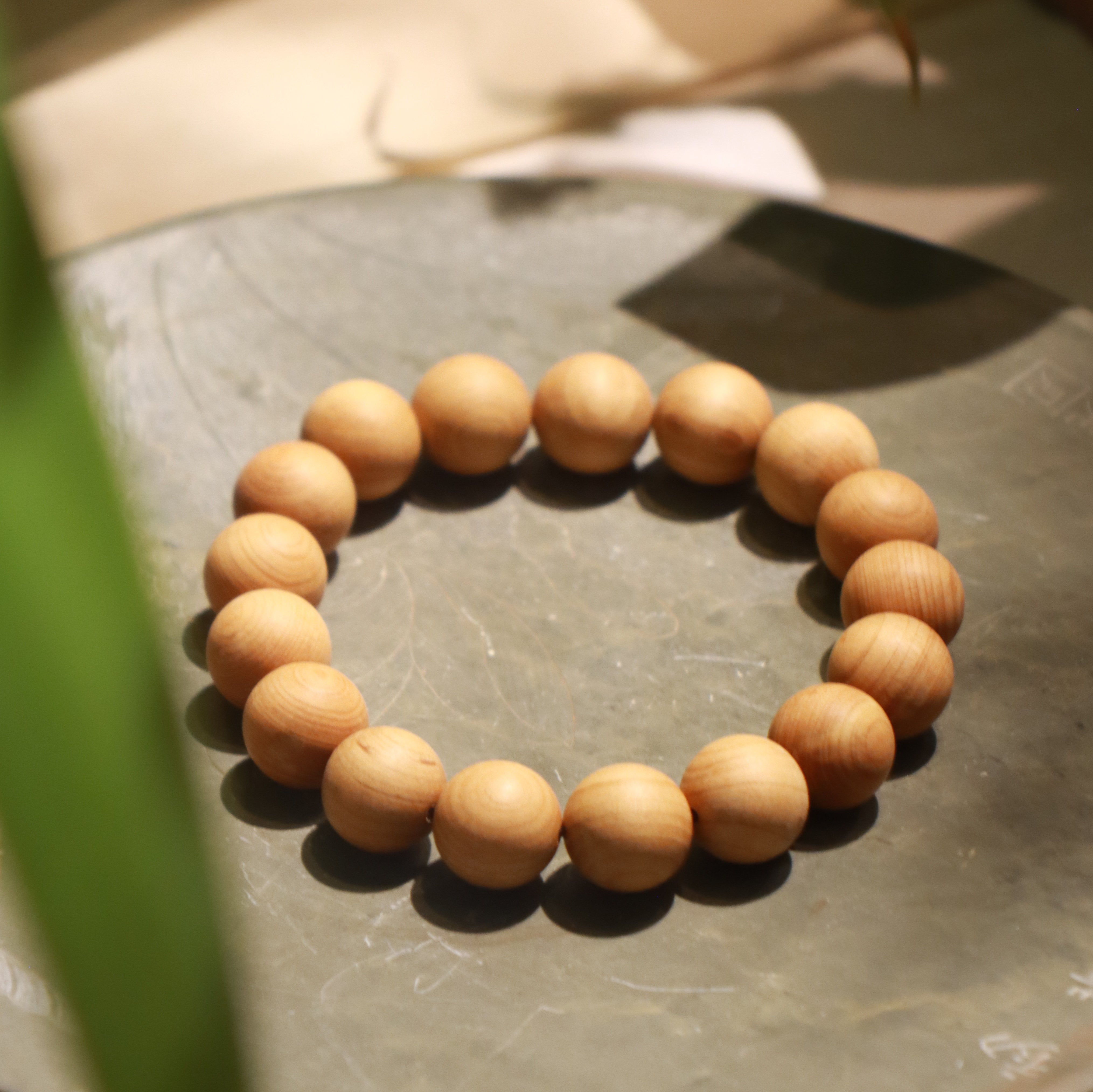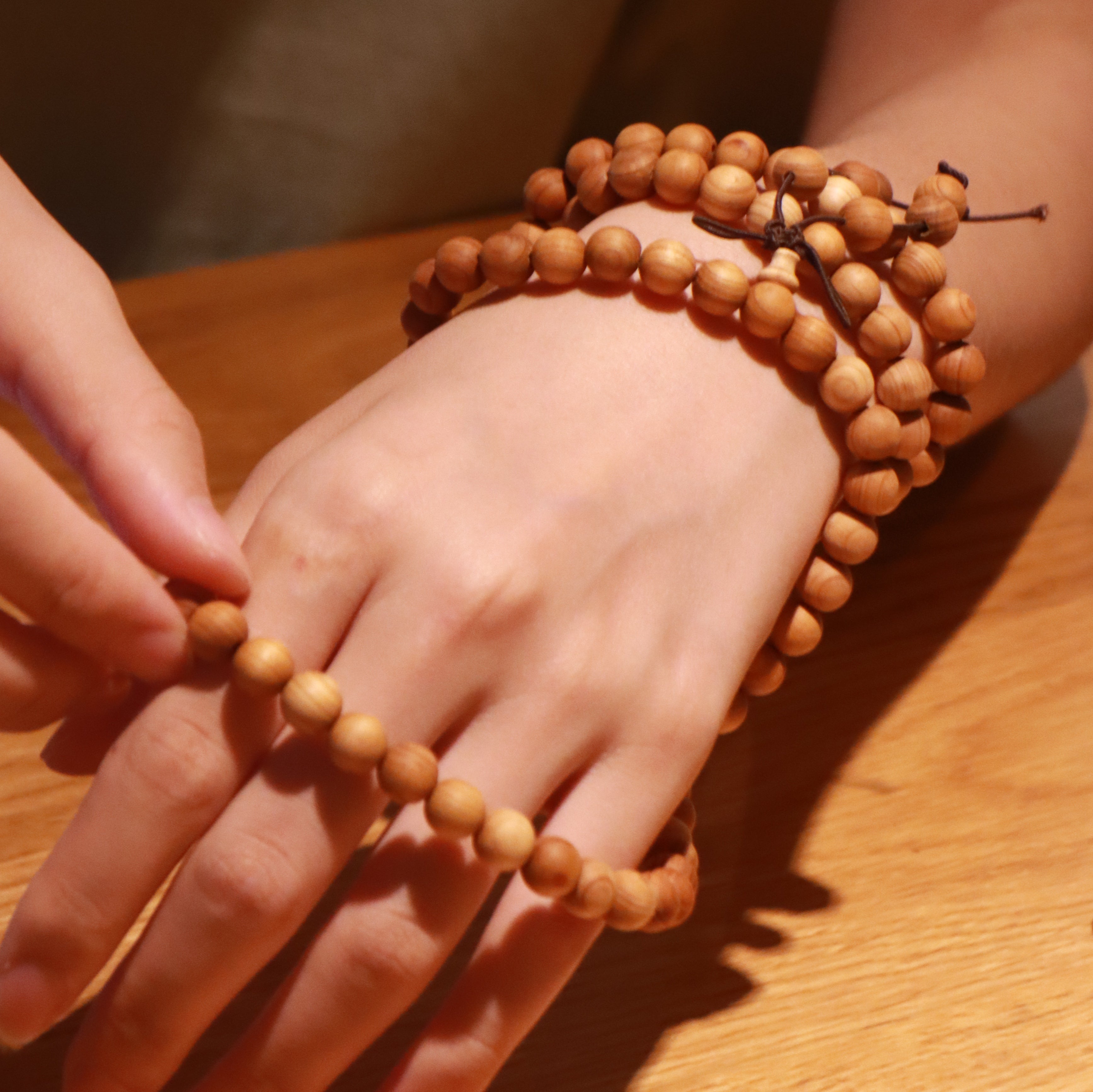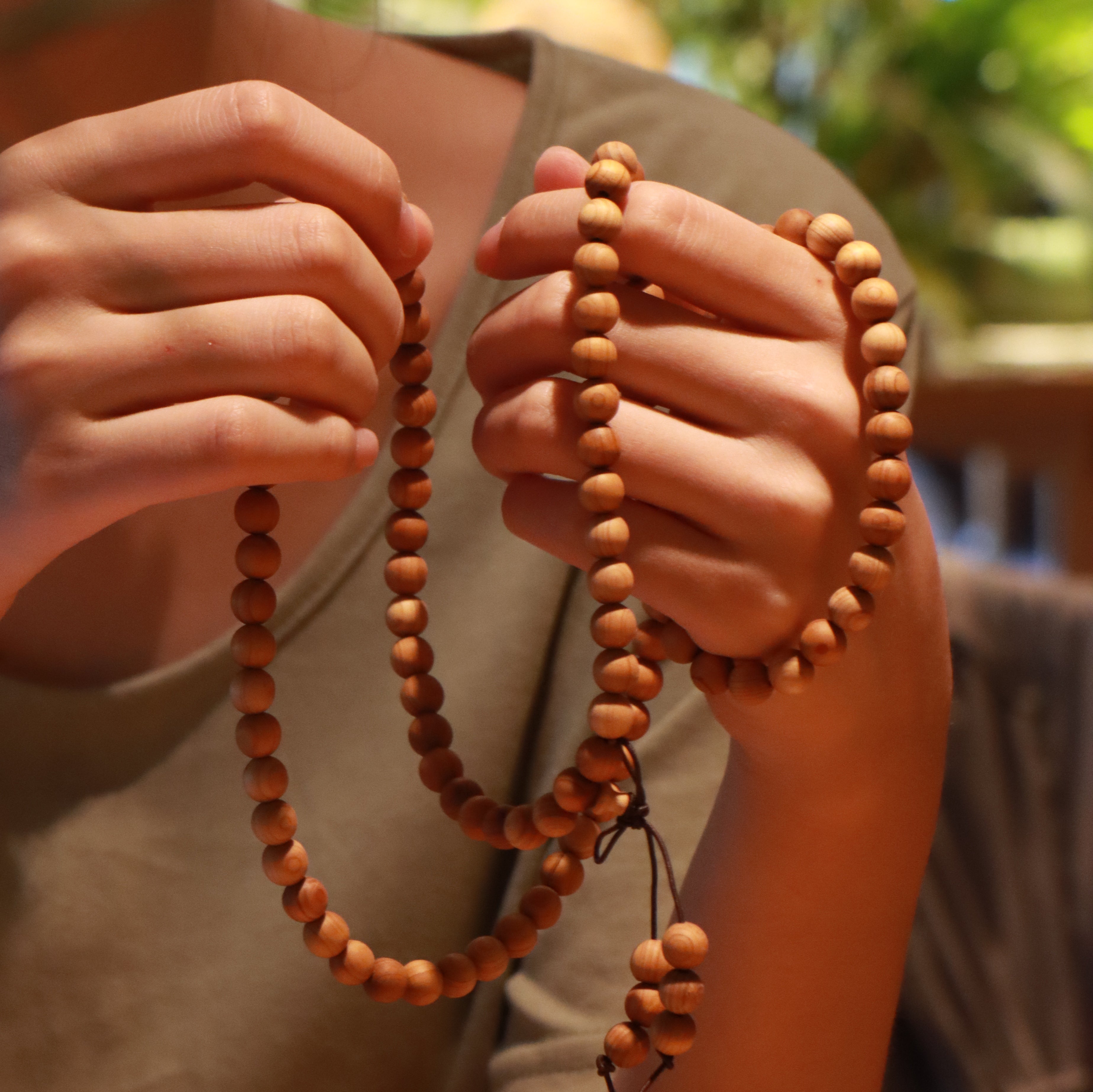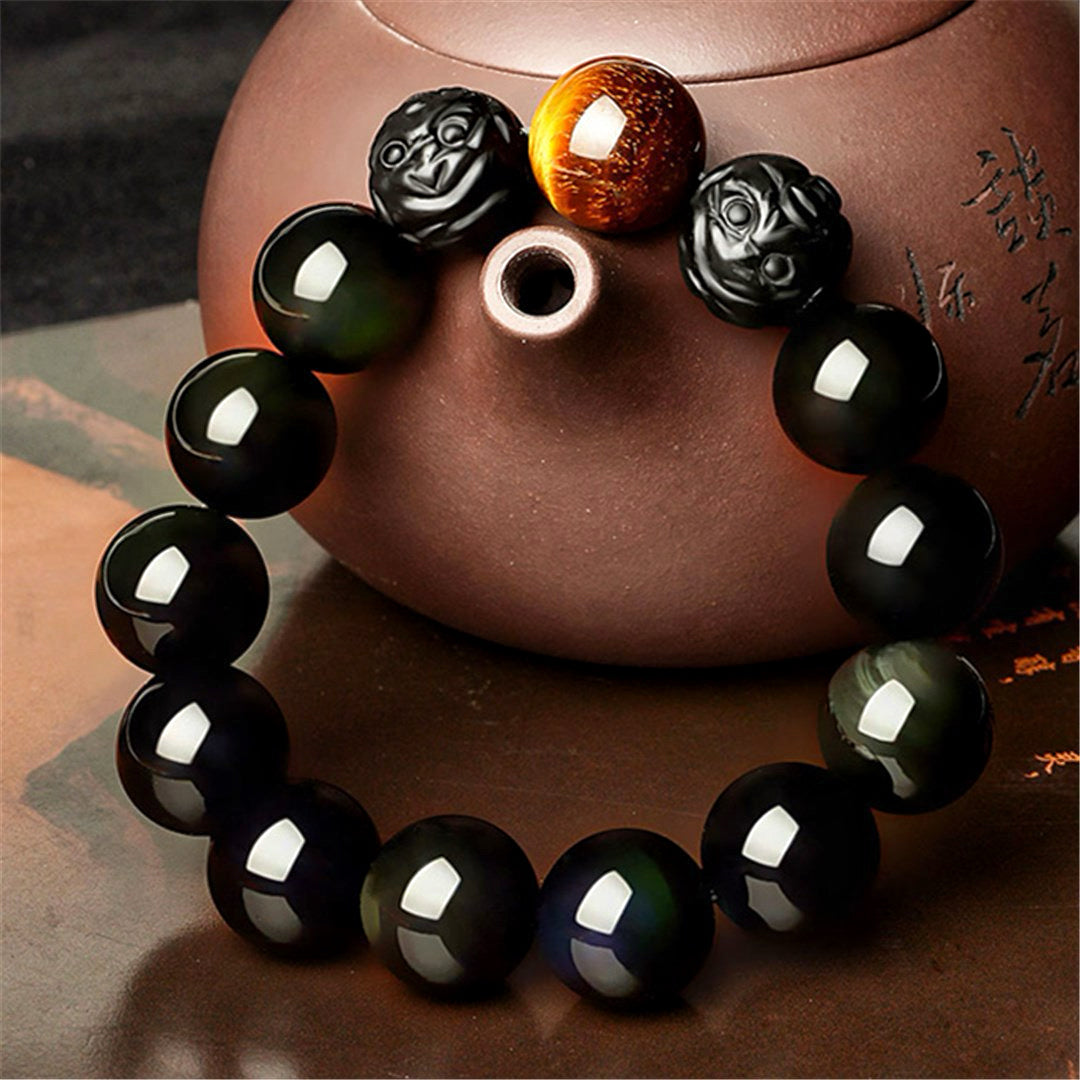In ancient Chinese culture, the Pixiu (also known as Pi Yao) was more than just a mythical creature—it was a fierce guardian and a symbol of military might. Today, it’s better known as a feng shui charm believed to attract wealth and drive away negative energy. This shift from battlefield mascot to prosperity icon didn’t happen overnight. It reflects centuries of cultural evolution, spiritual belief, and symbolism.
So, how exactly did the image of Pixiu transform from war to wealth? Let’s dive into its journey through Chinese history, mythology, and modern life.
Origins of Pixiu: A Ferocious Guardian
Pixiu has roots in ancient Chinese mythology and is said to be the ninth offspring of the Dragon King. Descriptions vary slightly across regions and dynasties, but Pixiu is typically portrayed as a winged lion with a dragon’s head and powerful paws.
Originally, Pixiu was viewed as a fierce guardian beast, loyal and aggressive. In ancient texts, it was believed to:
-
Ward off demons and evil spirits
-
Protect emperors and warriors
-
Defend territory during wartime
This made it a natural emblem for warriors, military units, and imperial guards. Statues of Pixiu were often placed at palace gates and tombs as a spiritual defense.

The Transition Begins: Pixiu in the Han and Tang Dynasties
During the Han (206 BC–220 AD) and Tang (618–907 AD) dynasties, Chinese society began placing more emphasis on symbolism, superstition, and spiritual energy. Feng shui—the practice of harmonizing space and energy—also started to take root.
While Pixiu still symbolized power and protection, scholars and mystics began associating it with prosperity and fortune, thanks to a popular legend:
The Jade Emperor punished Pixiu for breaking a celestial rule by sealing its anus, making it only able to consume gold and silver, never to release it.
As a result, Pixiu became known for "eating wealth and not letting it go."
This myth shifted public perception. The once warlike beast now had a new power—wealth retention.
Ming and Qing Dynasties: Pixiu Becomes a Symbol of Wealth
By the Ming (1368–1644) and Qing (1644–1912) dynasties, feng shui practices were deeply embedded in society. The Pixiu, now widely recognized for its "money-absorbing" power, began appearing:
-
In homes to attract wealth
-
In shops and businesses for financial luck
-
On personal jewelry like pendants, rings, and bracelets
Its image softened over time—less emphasis on aggression, more on abundance and security. It became a protective wealth symbol, especially in the merchant class.
Pixiu in Modern Feng Shui
Today, Pixiu is one of the most popular feng shui symbols around the world. You’ll see it on:
-
Black obsidian bracelets
-
Office desk statues
-
Cash registers or near safes
-
Keychains and home décor
While many still wear it for protection, especially in competitive environments, its role as a wealth-attracting amulet dominates. Modern interpretations often focus on:
-
Drawing in money from all directions
-
Guarding assets from loss
-
Shielding the wearer from negative energy
In modern feng shui practice, Pixiu is worn on the left wrist (the receiving side of the body) and pointed outward to attract wealth.
Cultural Relevance Today: Why the Pixiu Still Matters
Pixiu’s enduring popularity is no accident. It reflects a blend of:
-
Ancient mythology
-
Practical belief in energy and intention
-
Human desire for protection, stability, and wealth
In a fast-moving, often uncertain world, the Pixiu offers people a sense of control over luck and finances. Whether one believes in feng shui or not, the symbolism resonates.
It's also been modernized—many people now wear Pixiu bracelets alongside smartwatches or style them as minimalist jewelry. The fusion of old-world mysticism and modern fashion has helped keep the symbol relevant for younger generations.
Key Lessons from Pixiu’s Evolution
-
Symbols Adapt With Culture
Pixiu transformed as Chinese society’s needs and values changed—from war to wealth, from fear to fortune. -
Mythology Isn’t Static
Myths like the "sealed rear" legend gave Pixiu new meaning, allowing people to reinterpret it for prosperity rather than only protection. -
Spiritual Belief Systems Are Flexible
Feng shui incorporated Pixiu into its practices not through force, but through symbolic compatibility—its features aligned with feng shui goals of energy flow and wealth attraction. -
Tradition Meets Modern Life
The Pixiu shows how ancient symbols can survive, even thrive, in the digital age when they’re adapted without losing their core meaning.
Final Thoughts
The Pixiu’s journey from battlefield beast to feng shui favorite isn’t just a story about a mythical creature. It’s a reflection of how societies evolve and how symbols grow alongside them. Once a symbol of military power, the Pixiu is now worn by entrepreneurs, students, and spiritual seekers as a charm of fortune and protection.
And that’s the beauty of cultural evolution—something fierce and ancient can still offer comfort, prosperity, and style in the 21st century.












